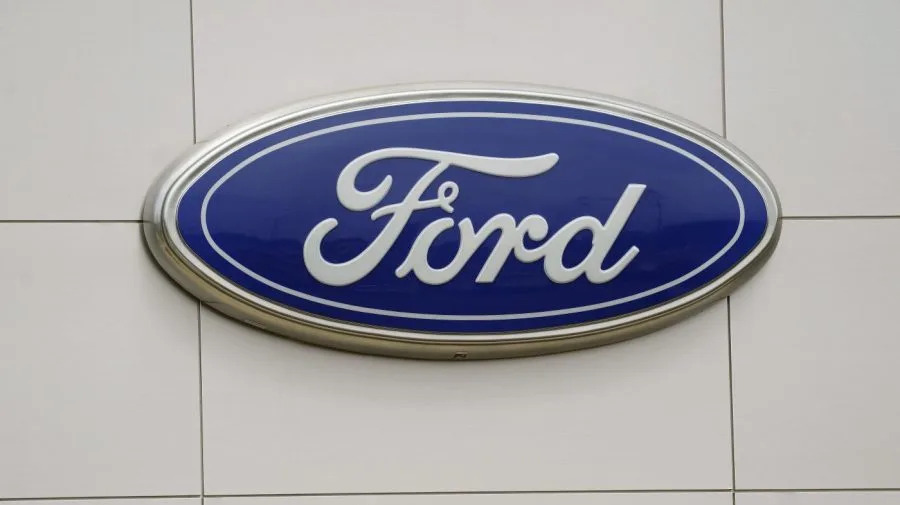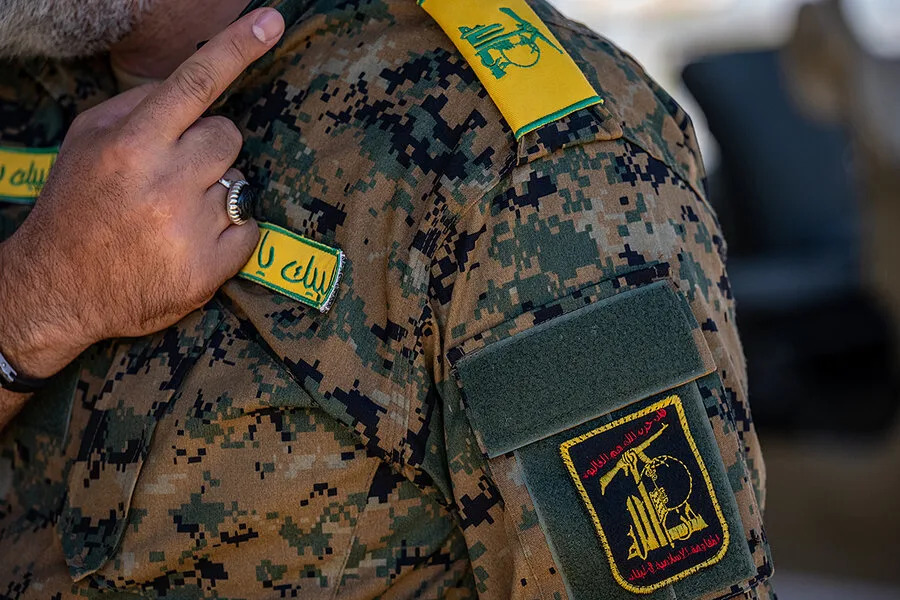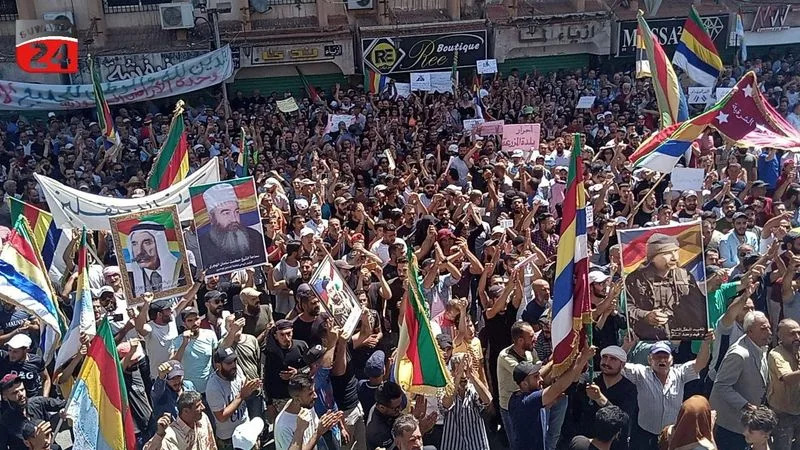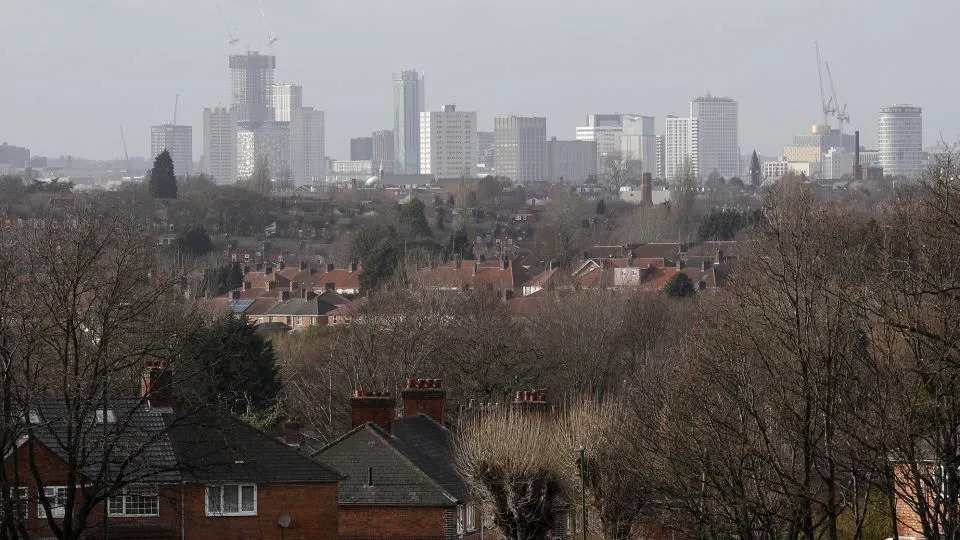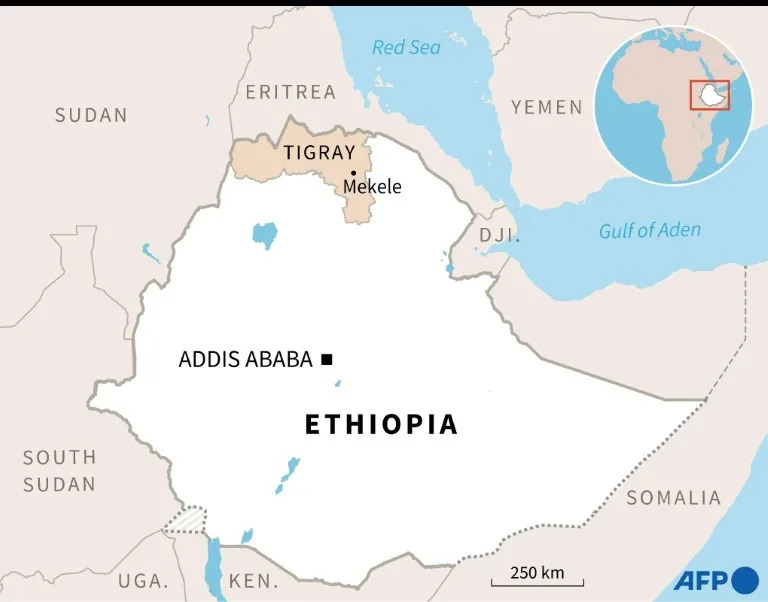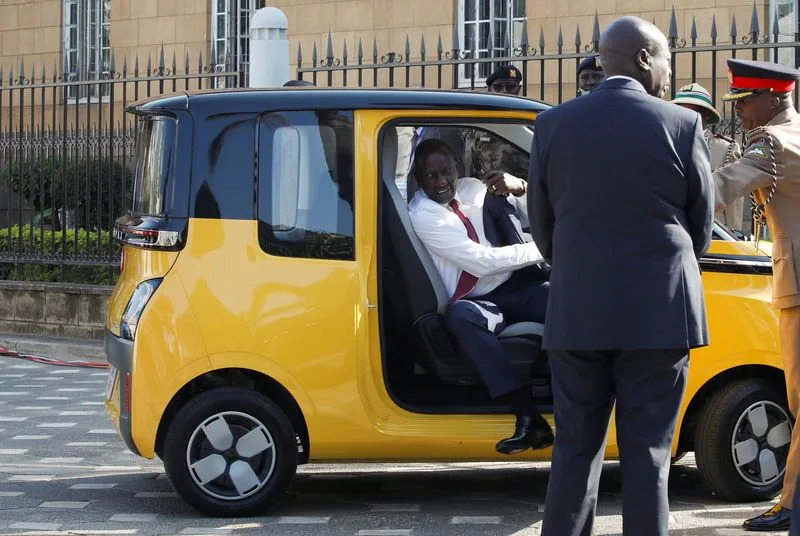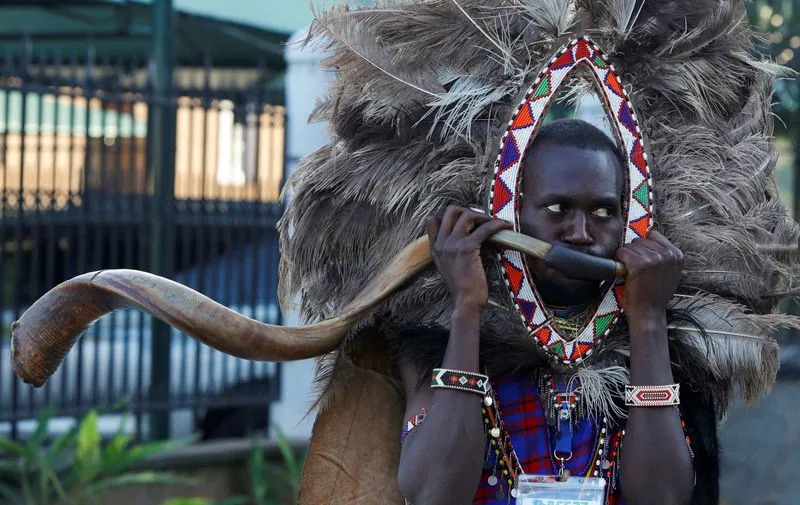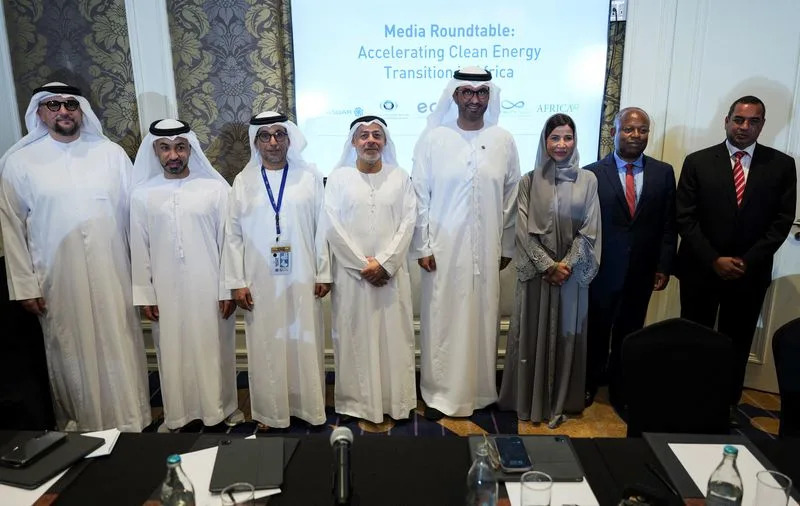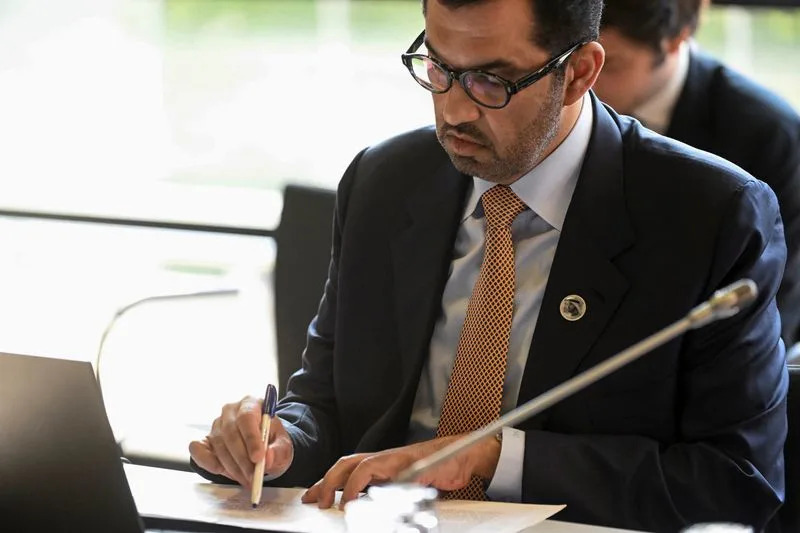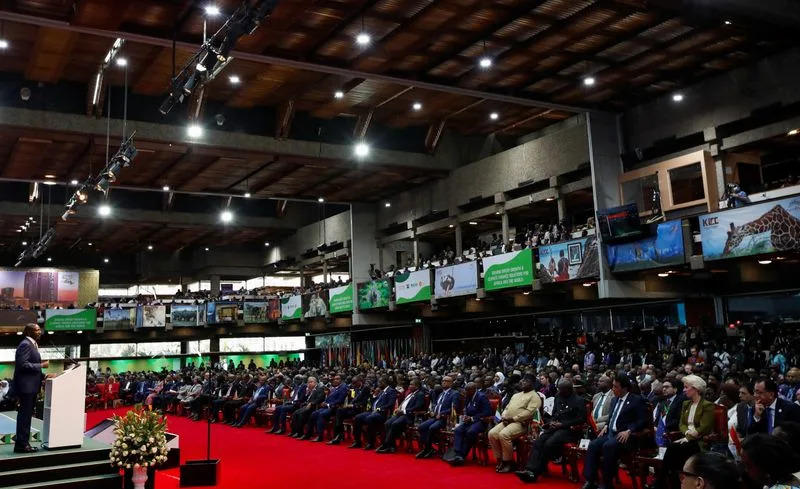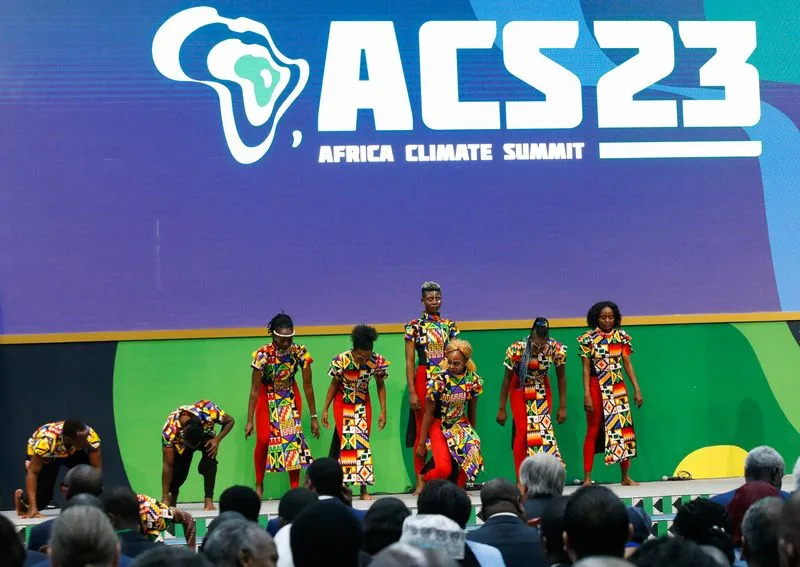MICHELLE CHAPMAN
Updated Fri, September 8, 2023

Automaker Stellantis has made a counteroffer to the United Auto Workers that includes wage increases in each year of a new four-year contract totaling 14.5%.
The wage increases, which would be for most workers, don't include any lump sum payments, Mark Stewart, chief operating officer of Stellantis North America, said in a letter to employees.
The proposal by Stellantis, formerly Fiat Chrysler, also includes a $6,000 one-time inflation protection payment in the first year of the contract and $4,500 in inflation protection payments over the final three years of the contract.
In addition, the counteroffer includes boosting hourly wages from $15.78 to $20 for temporary workers and speeding up the progression timeline from eight years to six years for employees who are moving through the pay scale from starting wages.
The proposal from Stellantis, formed in a 2021 merger of Fiat Chrysler and France's PSA Peugeot, is closer to the union's demands of 46% across-the-board increases over four years, but both sides still are far apart. About 146,000 UAW members at the three Detroit automakers could go on strike when their contracts expire at 11:59 p.m. on Thursday.
“We remain committed to bargaining in good faith and reaching a fair agreement by the deadline. With this equitable offer, we are seeking a timely resolution to our discussions,” Stewart said.
In a statement Friday, the union called counteroffers from Stellantis, General Motors and Ford “disappointing,” and said President Shawn Fain will discuss them with members in an online chat Friday afternoon.
On Wednesday Fain warned that the union plans to go on strike against any Detroit automaker that hasn’t reached a new agreement by the time contracts expire.
A strike against all three major automakers could cause damage not only to the industry as a whole but also to the Midwest and even national economy, depending on how long it lasts. The auto industry accounts for about 3% of the nation’s economic output. A prolonged strike could also lead eventually to higher vehicle prices.
Ford's counterproposal offered 9% raises and lump sum payments over four years, while GM's offered 10% plus lump sums.
Chrysler parent Stellantis offers 14.5%, 4-year wage hike to hourly workers
David Shepardson
Updated Fri, September 8, 2023

A Stellantis sign is seen outside its headquarters in Auburn Hills,
By David Shepardson
(Reuters) -Chrysler parent Stellantis said Friday it offered U.S. hourly workers a 14.5% wage hike over four years in its offer to the United Auto Workers union ahead of a Sept. 14 contract expiration.
The offer is much less than the 46% wage hike being sought by the union. The UAW has said 97% of members voted in favor of authorizing a strike if an agreement is not reached.
General Motors said Thursday it had offered workers a 10% wage hike and two additional 3% annual lump-sum payments over four years. Stellantis is not offering additional lump-sum payments.
Last week, Ford said it had offered a 9% wage increase through 2027 and 6% lump sump payments. It was set to make a new offer on Thursday, a UAW official said.
The Stellantis offer - which did not specify how the 14.5% wage increase would be distributed over four years - is similar to GM and Ford's offers. It would hike minimum pay for temporary workers to $20 an hour - up $4.22 an hour - and reduce the time necessary to reach top wages for permanent autoworkers from eight years to six years.
"This is a responsible and strong offer that positions us to continue providing good jobs for our employees today and in the next generation here in the U.S.," Stellantis North America Chief Operating Officer Mark Stewart said in a letter to employees. "It also protects the company’s future ability to continue to compete globally in an industry that is rapidly transitioning to electric vehicles."
The UAW said on Friday the Stellantis wage offer would not make up for inflation and "leaves workers even further behind" and that it did not include union job security and profit-sharing proposals.
The union's demands include a 20% immediate wage increase followed by four 5% annual wage hikes, defined-benefit pensions for all workers, 32-hour work weeks and additional cost-of-living hikes. GM is proposing to give employees an additional paid holiday.
UAW President Shawn Fain, who represents 146,000 workers at the Detroit Three automakers, said on Thursday GM's offer was "an insulting proposal."
Stellantis is offering $10,500 in inflation protection payments over the four years, while GM is offering $11,000 and Ford $12,000.
(Reporting by David Shepardson; editing by Jonathan Oatis)
David Welch
Thu, September 7, 2023

(Bloomberg) -- General Motors Co. made a counteroffer to the United Auto Workers union, proposing a total 16% pay raise for the top wage earners in its plants and a 56% hike for newer employees who make less, the company said in a statement. UAW President Shawn Fain reacted quickly saying the proposal is “insulting.”
The pay raise is slightly higher than what rival Ford Motor Co. offered the union, but is still well short of the 46% raise that would result from the UAW’s opening bid. GM also included $11,000 in inflation protection payments, a shortened period to the top wage and better pay for temporary staff.
GM made the offer with a week to go before the union’s contract with the automaker and rivals Ford and Stellantis NV expires and all companies far apart from Fain’s opening proposal. In addition to a much bigger raise, Fain wants to reinstate guaranteed pensions, cost-of-living allowances and retiree healthcare.
“After refusing to bargain in good faith for the past six weeks, only after having federal labor board charges filed against them, GM has come to the table with an insulting proposal that doesn’t come close to an equitable agreement for America’s autoworkers,” Fain said in a statement. “GM either doesn’t care or isn’t listening when we say we need economic justice. The clock is ticking. Stop wasting our members’ time. Tick tock.”
The GM offer is slightly better than Ford’s proposal, which Fain rejected and said, “insults our very worth.”
The GM and Ford offers do not include retiree benefits, which went away in 2007 for new hires. Workers hired after 2006 get 401K plans.
Fain’s initial proposal brought back retiree benefits, which are a big piece of the added expense for labor that automakers believe would drive up costs by $80 billion over four years.
GM’s offered to give inflation protection with a $6,000 one-time payment and another $5,000 over the life of the agreement. That’s $1,000 less in total than Ford offered.
Both companies give entry-level workers the top wage of about $32 an hour after six years. GM’s offer would get them to a minimum of $28 after four years. GM also offered to recognize Juneteenth as a paid holiday.
GM shares were down 1% at 12:39 p.m. Thursday in New York
Potential UAW strike presents a near-term headwind for auto insurers - JPM
Reshma Rockie George
Thu, September 7, 2023
JP Morgan Chase & Co. corporate headquarters in New York
By Reshma Rockie George
(Reuters) - J.P.Morgan on Thursday said supply chain disruptions from a potential United Auto Workers (UAW) union strike would cut new vehicle production, drive up used car prices and put pressure on margins in the personal auto insurance business.
UAW is currently in talks with the Detroit Three automakers - Ford Motor, Chrysler parent company Stellantis and General Motors - ahead of the expiration on Sept. 14 of the current four-year labor agreements covering 146,000 workers.
The automakers "represent about 40% of light vehicle auto sales (by units) in the U.S., and IHS Markit estimates that a strike would disrupt North American vehicle production by roughly 75%," J.P.Morgan said.
Higher used-car prices increase coverage limits on auto insurance, making claims more expensive, so insurers are obligated to pay the fair market value of a car if it is deemed destroyed, JPM lead analyst Jimmy Bhullar said.
The brokerage identifies Allstate Corp and Progressive Corp as the insurers with the most exposure to a potential UAW strike, with Allstate more susceptible due to its weaker capital position.
Used-car prices have had the most impact on auto margins in recent years compared to other factors such as higher spare part costs, labor costs, increased litigation, and severe accidents, the brokerage added.
A UAW strike that shuts down the Detroit Three automakers could cost the manufacturers, workers, suppliers and dealers more than $5 billion according to a study by Michigan-based Anderson Economic Group, a consulting firm.
(Reporting by Reshma Rockie George in Bengaluru, Editing by Tasim Zahid)
View comments
GM and Ford are facing a 'nightmare situation' that could be great news for Tesla
Nora Naughton
Fri, September 8, 2023

LM Otero/Associated Press
A looming strike is a "nightmare situation" for Detroit automakers.
Work stoppages and labor cost increases pose setbacks for their EV ambitions.
Tesla is already having a banner year for both sales and production.
A looming strike by the United Auto Workers union, which represents hourly workers at the Detroit Three car companies, could be great news for Tesla, one analyst says.
The UAW has spent the summer negotiating new contracts with Ford, General Motors, and Jeep-owner Stellantis. The union is asking for historic wage increases, elimination of a tier system implemented during the depths of the recession, cost of living adjustments, and more. If an agreement isn't reached by September 14, some 150,000 UAW workers across the US will go on strike, a move that could cost the industry as much as $5 billion in 10 days.
This is all "a potential nightmare situation for GM and Ford," Wedbush analyst Dan Ives said in a note to clients this month. Any threat to supply would also inevitably diminish year-end production and inventory, chipping away at holiday season deals.
Tesla, which does not use union labor, is situated to benefit from any work stoppage at competitors, especially at a time when the industry is pushing harder into electric vehicles, Ives said.
"Tesla does not face similar issues which speaks to the complexity both GM and Ford face going up against the EV leader Tesla, while trying to satisfy rising union demands," Ives said. "If a strike happens then ultimately production and the EV roadmap could be pushed out into 2024 and delays would be on the horizon at this crucial period for GM, Ford, and Stellantis."
Setbacks come just as Ford and GM are looking to unseat Tesla
Ford and GM have both set lofty goals for electric vehicle production over the next several years, with Farley putting Elon Musk and Tesla directly in his sights when Ford launched the F-150 Lightning last year.
But production slowdowns from a work stoppage combined with potentially large labor cost increases could put the brakes on Detroit's race to beat Tesla at the EV game, Ives said.
Raising the stakes for GM and Ford: Tesla is already having a banner year for both sales and production, on track to hit its nearly 2 million-unit production target by the end of the year. And the long-awaited Cybertruck is expected to add to that success when it hits customers' driveways later this year.
"Farley and Barra both face some tough decisions ahead," he said. "The options around facing a strike OR accepting a major cost intake for the next decade is a dynamic the Street will be closely watching over the next week."

